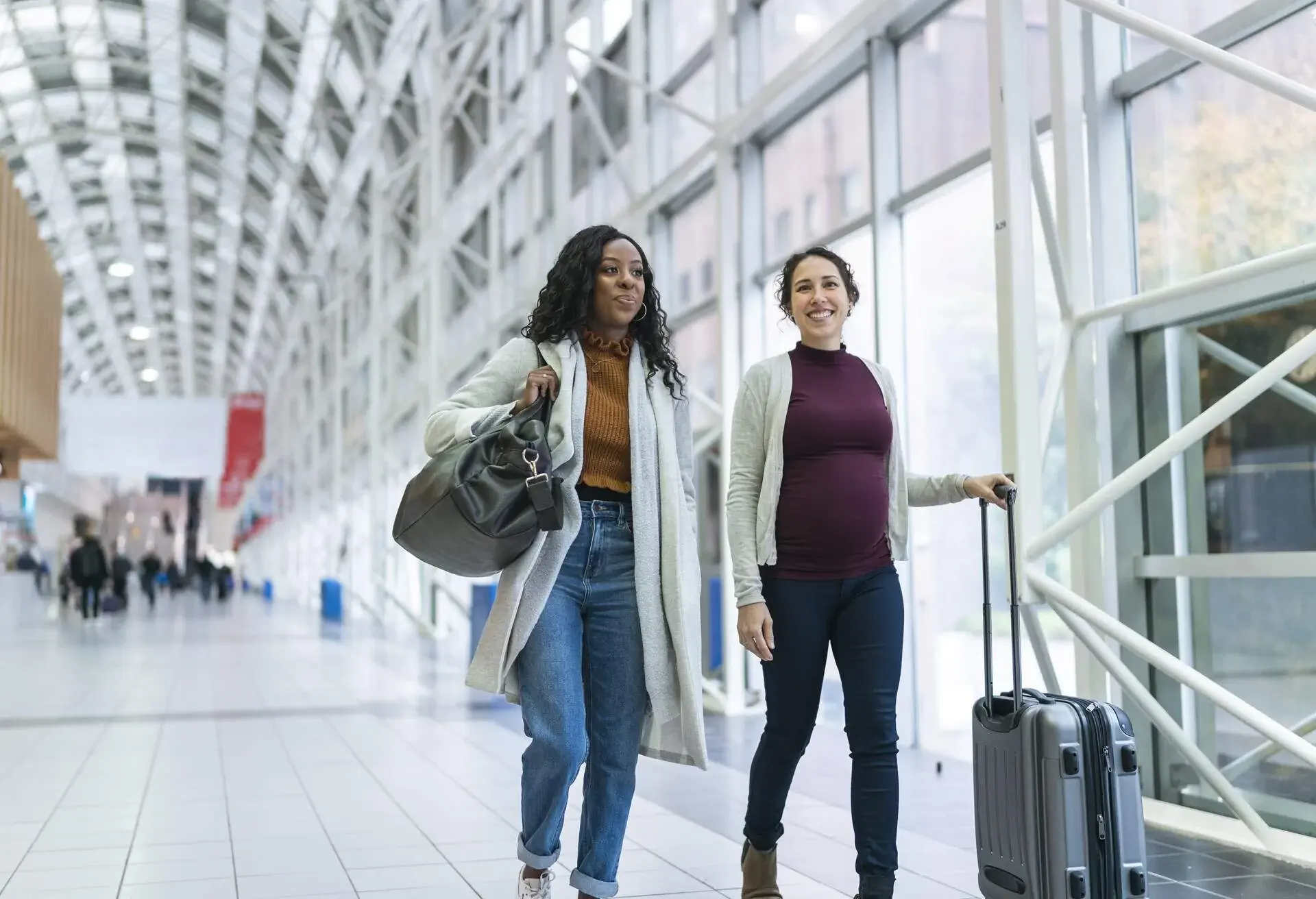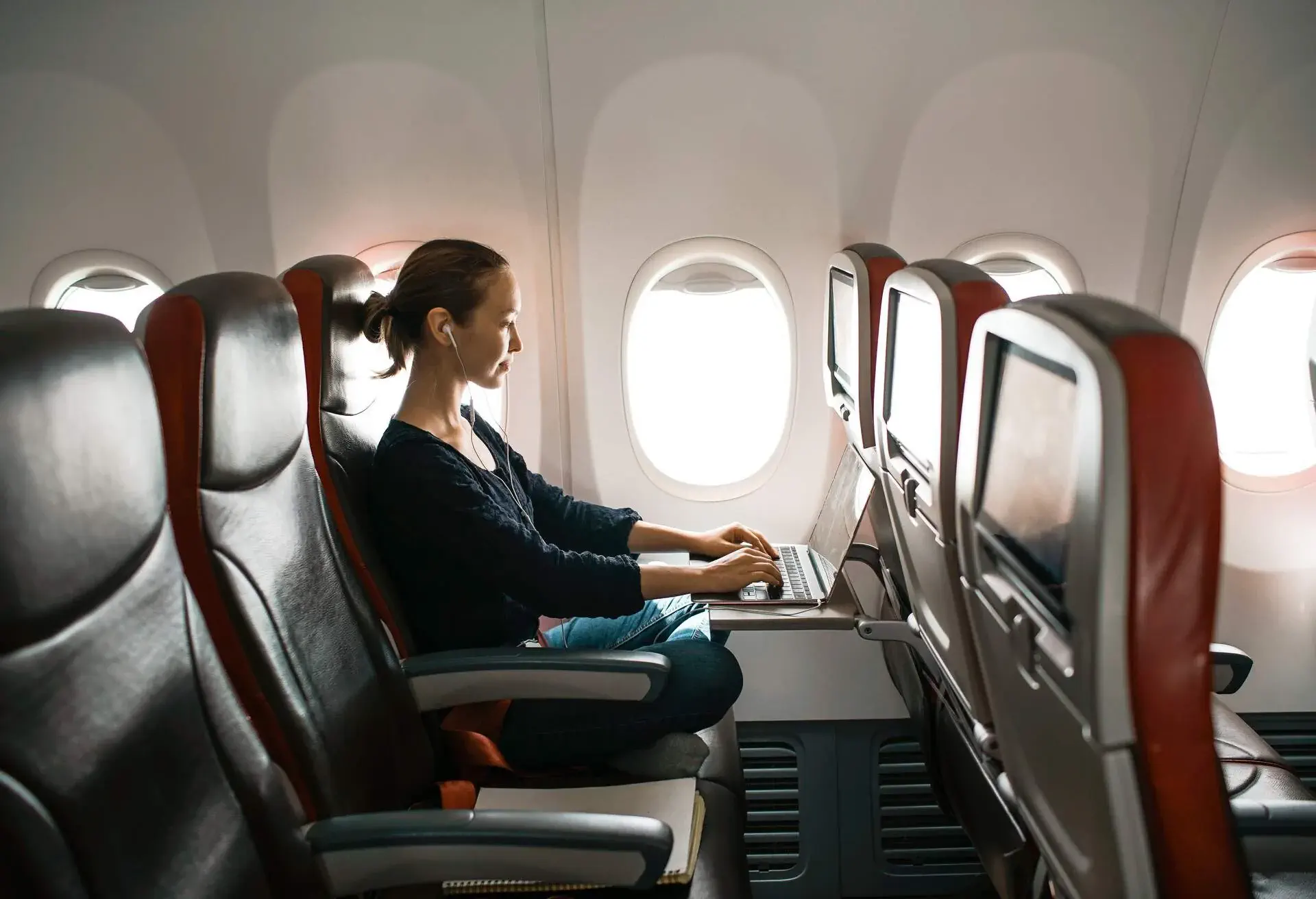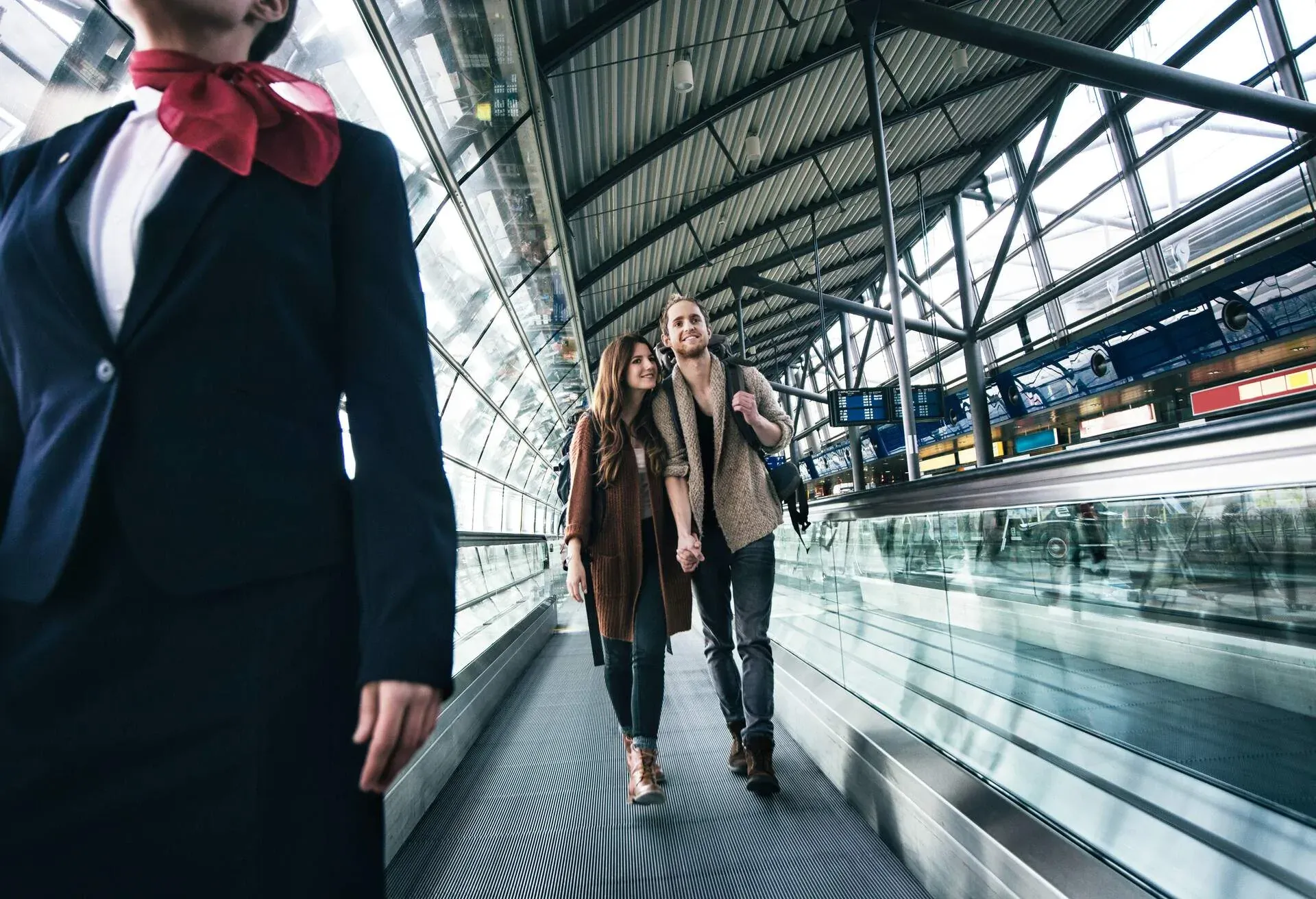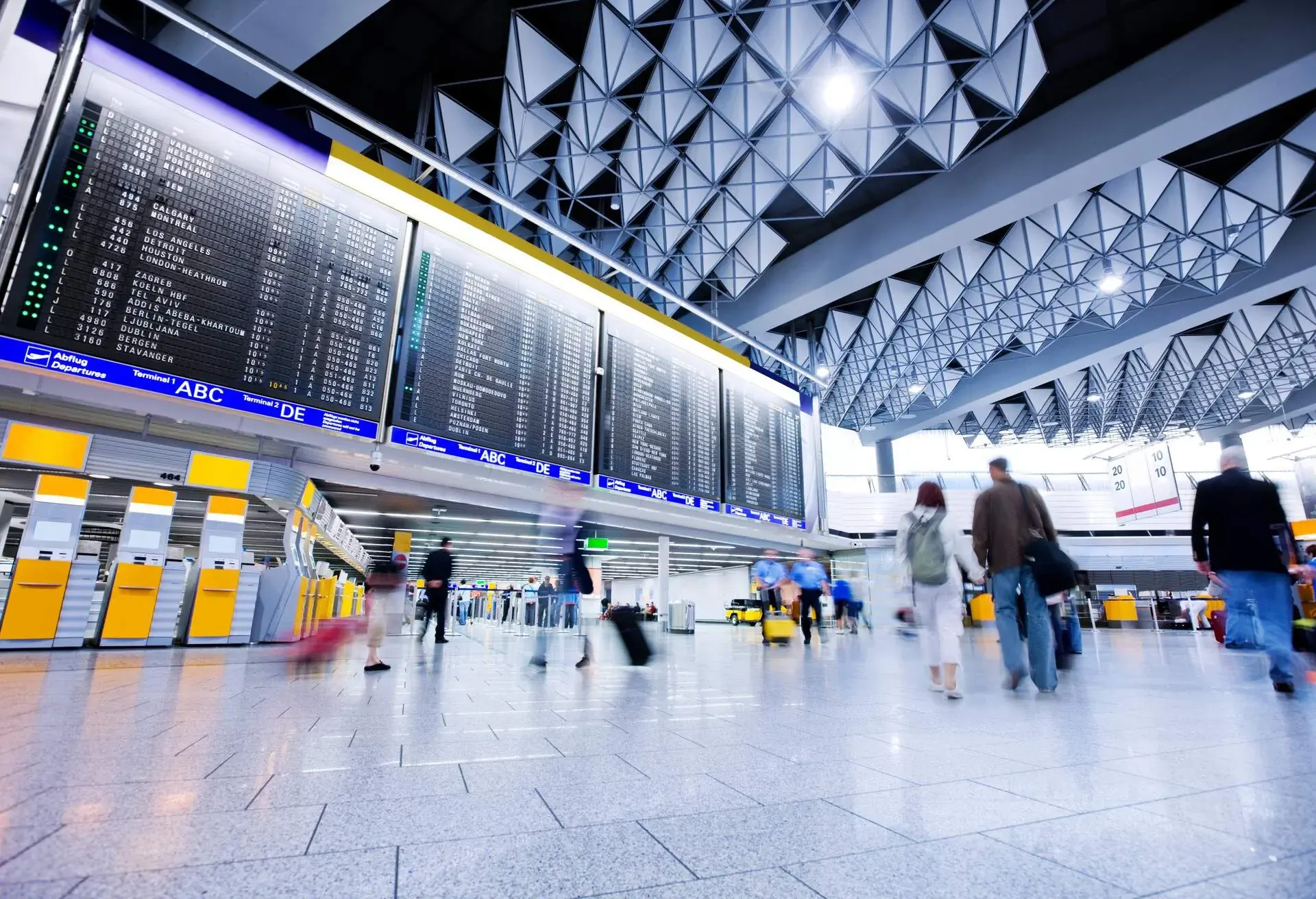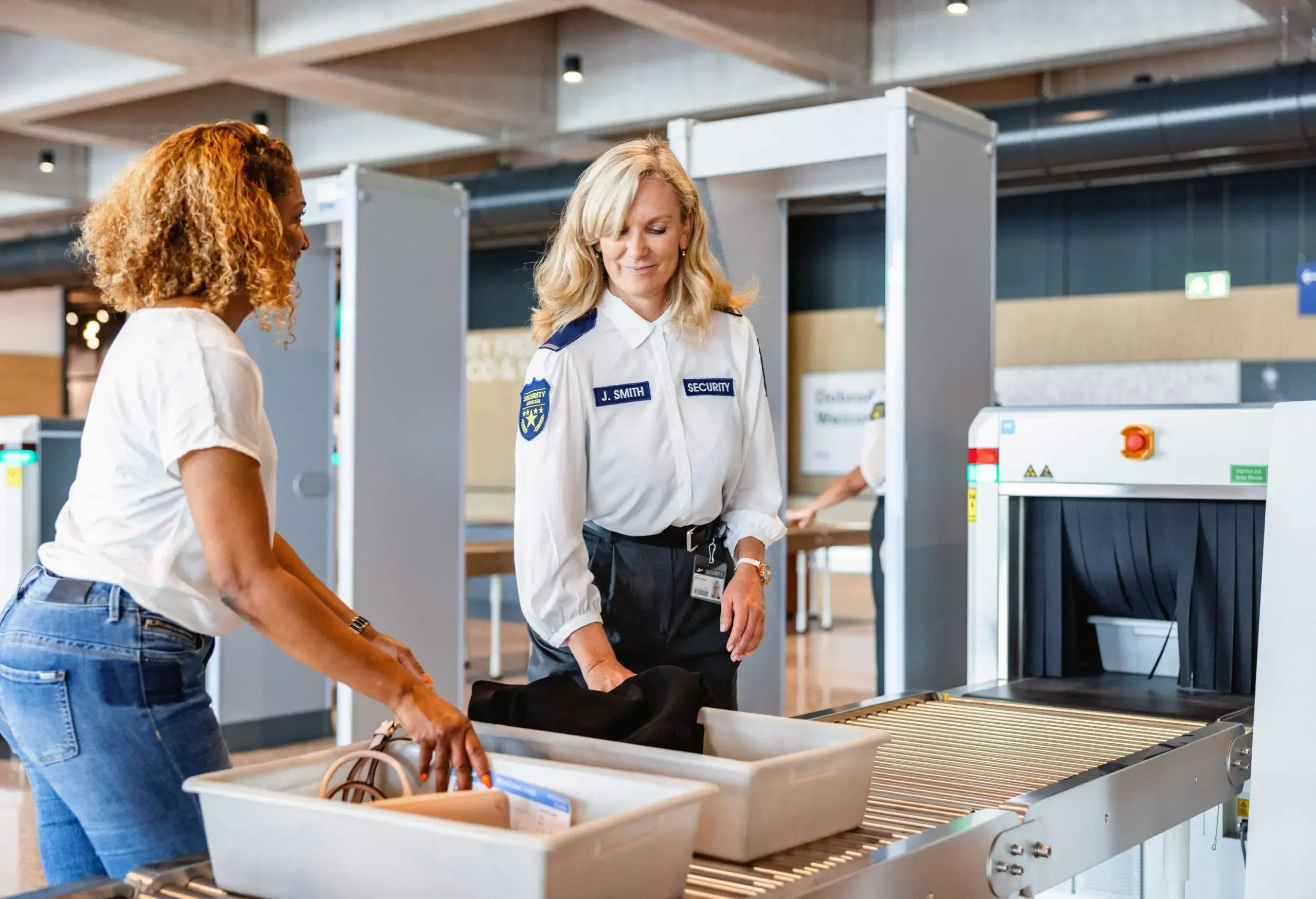While some loathe the extra time a connecting flight adds to an itinerary and others fear missing their connections or muddling the process along the way, there’s really nothing to worry about with connections. In fact, I occasionally choose them intentionally. If you understand the procedure and are equipped with the expert tips below, you’ll have no issues next time you need, or want, to make a connection.
What is a connecting flight and how does it work?
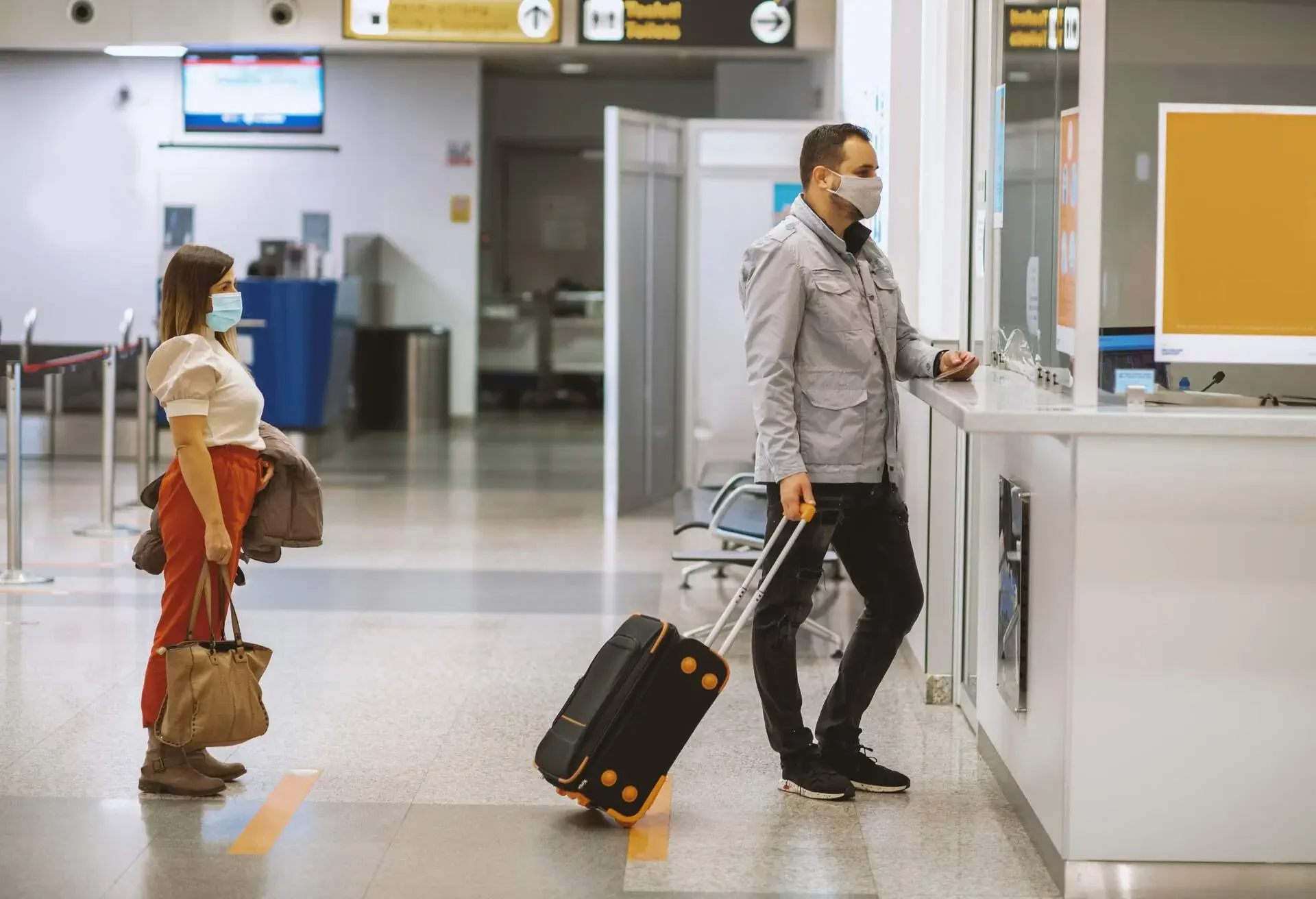
A connecting flight occurs when you fly two or more planes before reaching your final destination. A flight itinerary may have any number of connecting flights and a journey with no connections is known as a nonstop itinerary. When you book connecting flights on a single ticket, you’ll typically receive all your boarding passes from the check-in agent at your point of origin. All you need to do is follow signs for connections or transfers at each connecting airport and obey any posted instructions along the way.
What is the difference between a layover and a connecting flight?
Technically, a layover is the time you spend in an airport while waiting to make a connecting flight. Because they go hand-in-hand, you may see both terms used to describe the number of stops you’ll make on an itinerary. A stopover, however, is a long layover.
How to book a connecting flight on KAYAK
When searching routes between any destinations on KAYAK, you’ll automatically receive results that include connections. To adjust your results to include fewer connecting flights or none at all, select your desired number of connections under the Stops filter on the left.
Each result will display the number of stops included and will alert you if the connections will stretch your itinerary through to another calendar date from your departure. I sometimes seek connections to drive down fares or break up longer flight paths when I have the time to spare.
Connecting flights and baggage
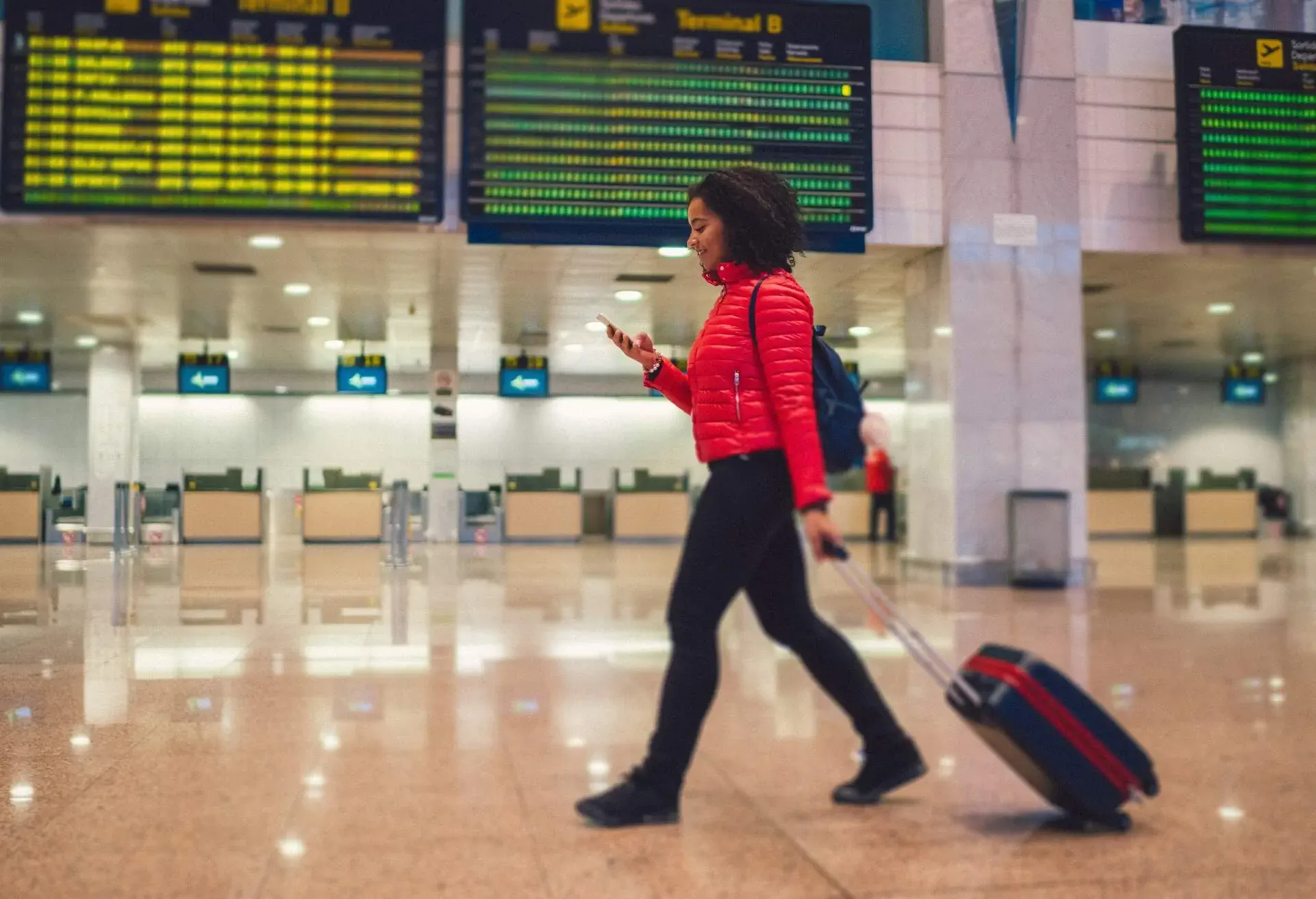
When flying on a single ticket, your baggage will almost always be checked to your destination, but that doesn’t mean you won’t see it again before you arrive. Depending on your connecting country’s laws, you may need to retrieve the bag during your layover and re-check it before heading onward.
In these cases, you’ll be advised by the check-in agent, and the connecting airport will have clearly marked signs for re-checking, either in designated transfer zones or at the main check-in counter. If you are traveling on multiple airlines with separate tickets, you will need to claim your luggage and check it with your new airline during your connection.
Missing a connecting flight
Missing a connecting flight is often nothing to worry about. Most missed connections are due to delays of some nature, and your airline will rebook you on the next available flight on the same airline or a partner. If the rebooking will cause a considerable delay you can’t afford, like when you’re trying to catch a boat for a cruise or make it to a wedding on time, some airlines will even buy you a ticket on a rival airline.
This is not a guarantee, but it never hurts to ask kindly, while explaining your urgency. If you have booked on separate airlines with separate tickets, the missed connection is on you, and you will likely need to pay for a new onward flight.
Tips for traveling with a connecting flight
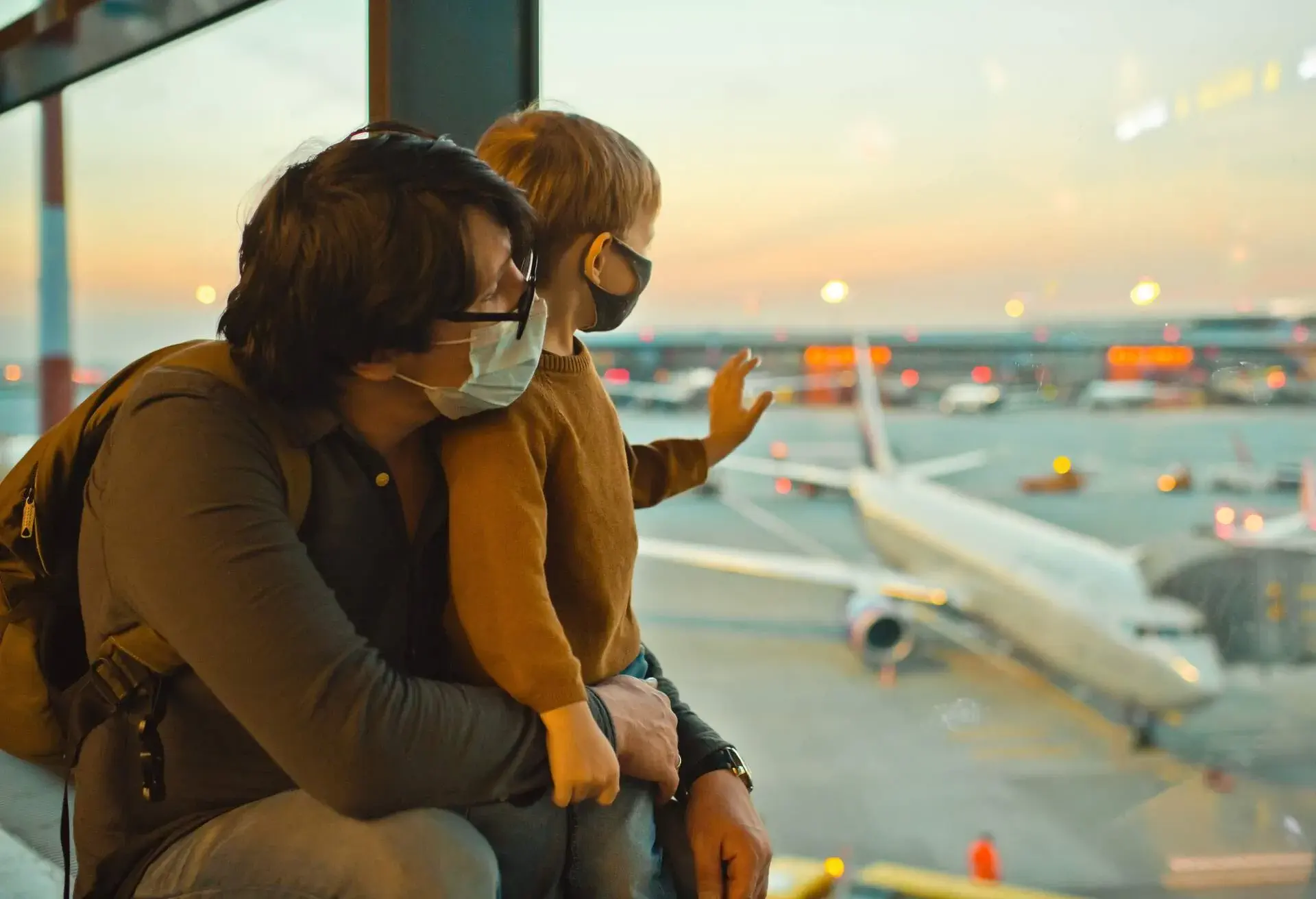
Catching a connecting flight can be challenging in some cases, but with these tips, you will come prepared.
Leave enough time
When scheduling a connecting flight, leave enough time to comfortably travel between gates at your connecting airport. Even domestic connections that don’t require any additional screening can take time, depending on the size of the airport or the length of time it takes to deplane from your first flight. Most airport websites advise a minimum connection time for their facility but keep in mind delays can occur, so it may be wise to choose a longer connection time if you’re concerned for any reason.
Speak to an agent if time is short
If a delay has caused you to arrive late from your first flight and you’re afraid you won’t reach your new gate in time, speak to the gate agent immediately when exiting the first aircraft. On domestic itineraries, they can inform the new gate that you’re on your way. If you’ll still need to pass through border control or customs first, they’ll advise if you need to rebook now or may still make it.
Go to your gate immediately
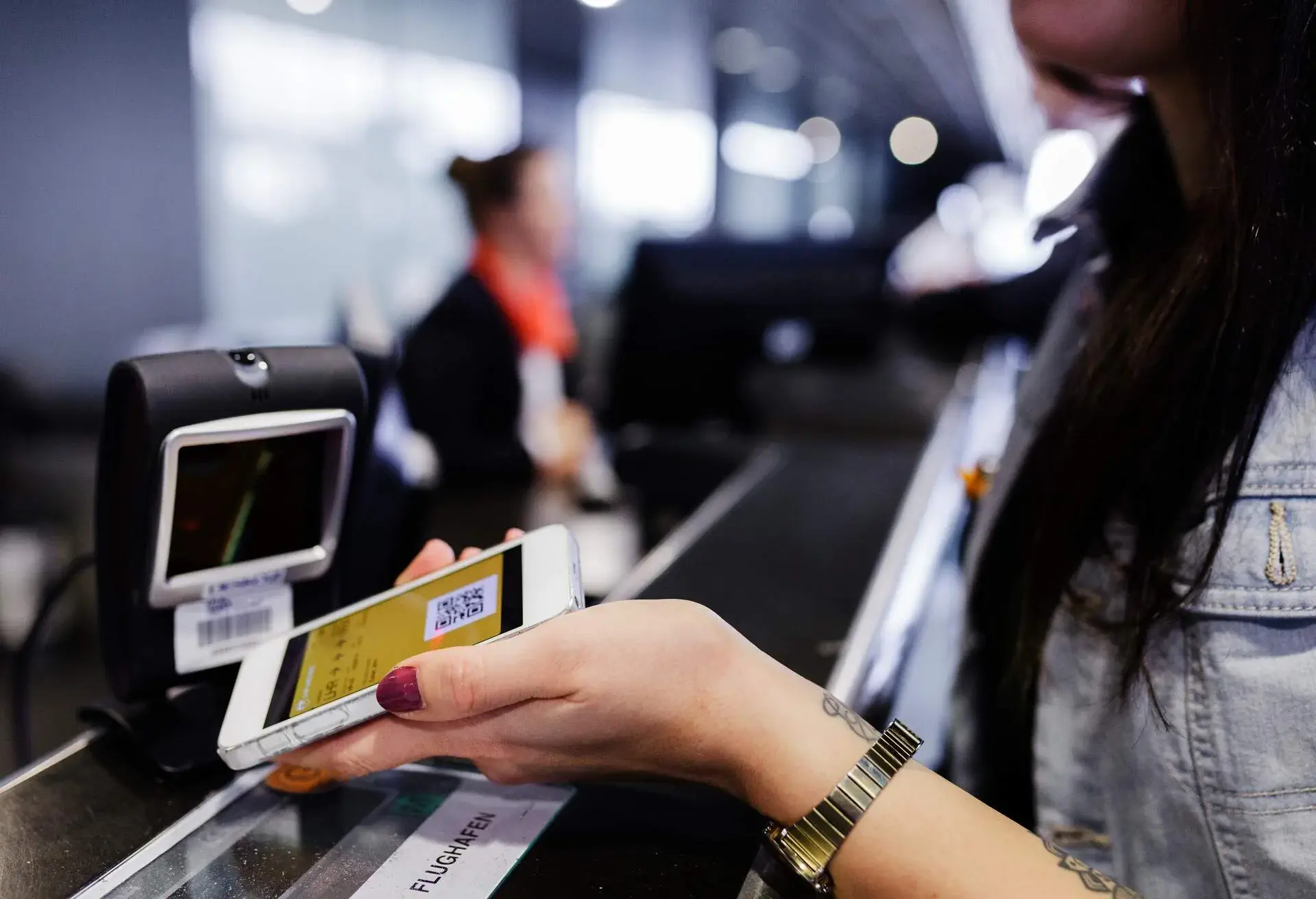
Even if you have lounge access, have some shopping to do, or want to grab a meal at an airport restaurant before heading onward, find your gate first. Some airports are enormous, so it’s best to know exactly how long it will take you to reach your new gate, at your speed, before making any diversions. If you miss a reasonable connection because you misjudged your free time, airlines may be less likely to rebook you at their own cost.
Once you’ve booked and are prepping for your getaway, you may want to check KAYAK’s tips for flying and suggestions for things to do on a plane to keep the experience as smooth as possible. And if you decide not to schedule any connections into your itinerary, you may also benefit from KAYAK’s guide to surviving a long-haul flight.
How KAYAK knows what to put in this guide
I fly an average of 120 times per year, and many of those itineraries include connecting flights. My longest flight path included four connections, and I’d do it again. At that rate, missed connections are unavoidable, so I have plenty of experience with those, too. I combined all of this first-hand knowledge with the expert tools and teams at KAYAK to prepare this guide.
Some of our favorite flight routes
Connecting flight FAQ
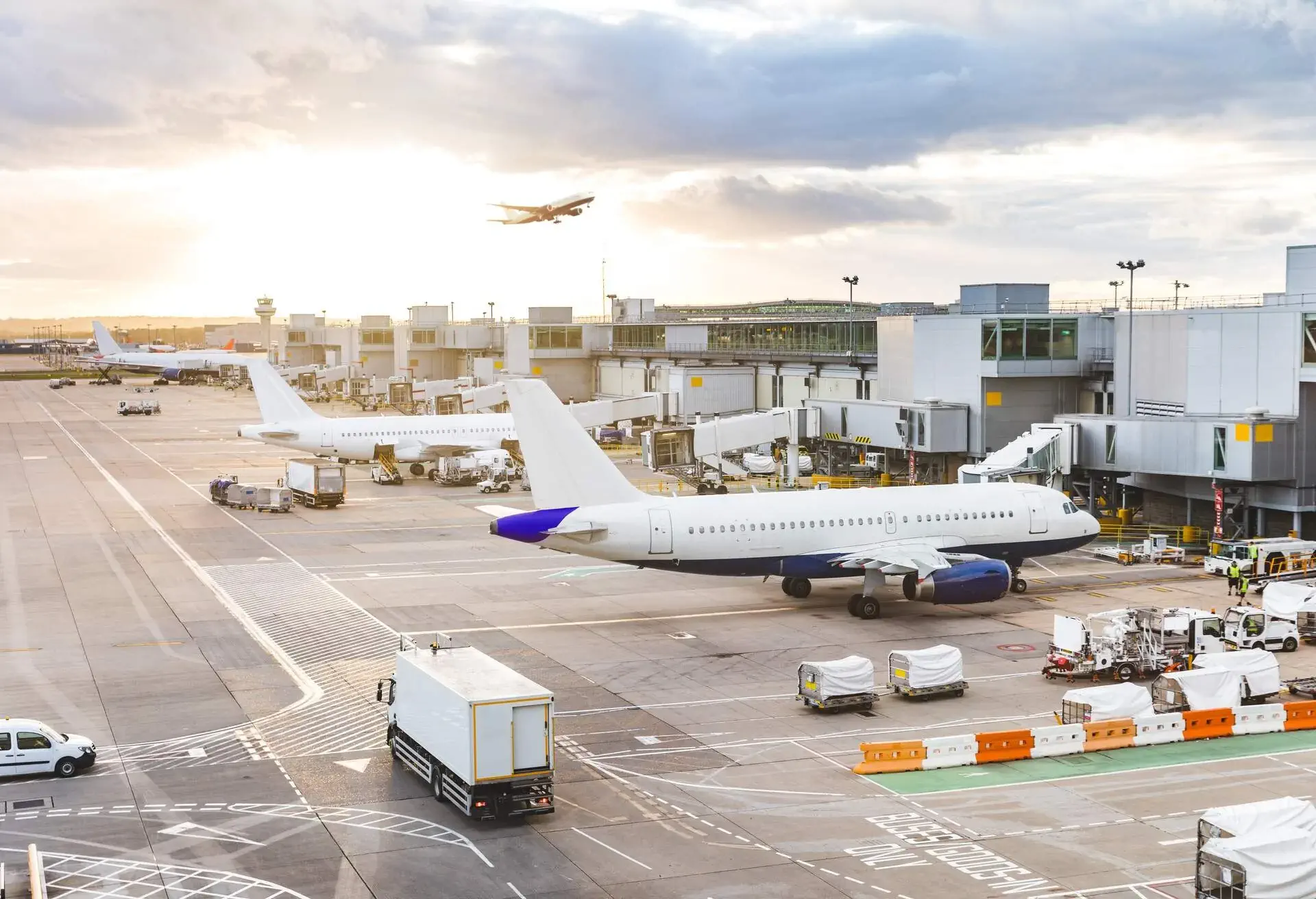
Do you go through customs on a connecting flight?
In most cases, luggage is checked through to your final destination and you won’t need to clear customs on your connection. Some countries, like the United States, are exceptions. The check-in agent will advise you on your specific itinerary when dropping your bag at your first airport.
Do I have to pick up my luggage on a connecting international flight?
As above, this depends on the country’s specific laws. In most cases, you won’t have to pick up luggage on a connecting international flight, but connections in the United States are an exception. Your check-in agent will advise you when you reach your first airport.
Do you have to go through security again for a connecting flight?
Domestic connections rarely require additional security clearance, unless you are required to exit the secure area of the airport to reach your second departure terminal. Most international connections will require a transitional security clearance to ensure you are complying with local laws.
What happens to checked luggage if I miss a connecting flight?
This varies by airline, destination, and circumstance. If you do miss a connection, immediately seek an airline representative to find out if your bag has gone on ahead of you and will be waiting for you at your destination, or if you need to retrieve and re-check it.
What happens if you miss a connecting flight due to a delay?
If you are traveling on a single ticket, your airline will generally rebook you at no cost. This may happen automatically, or you may need to seek an agent during the connection. If you are traveling on separate tickets, the cost may be on you to rebook.

